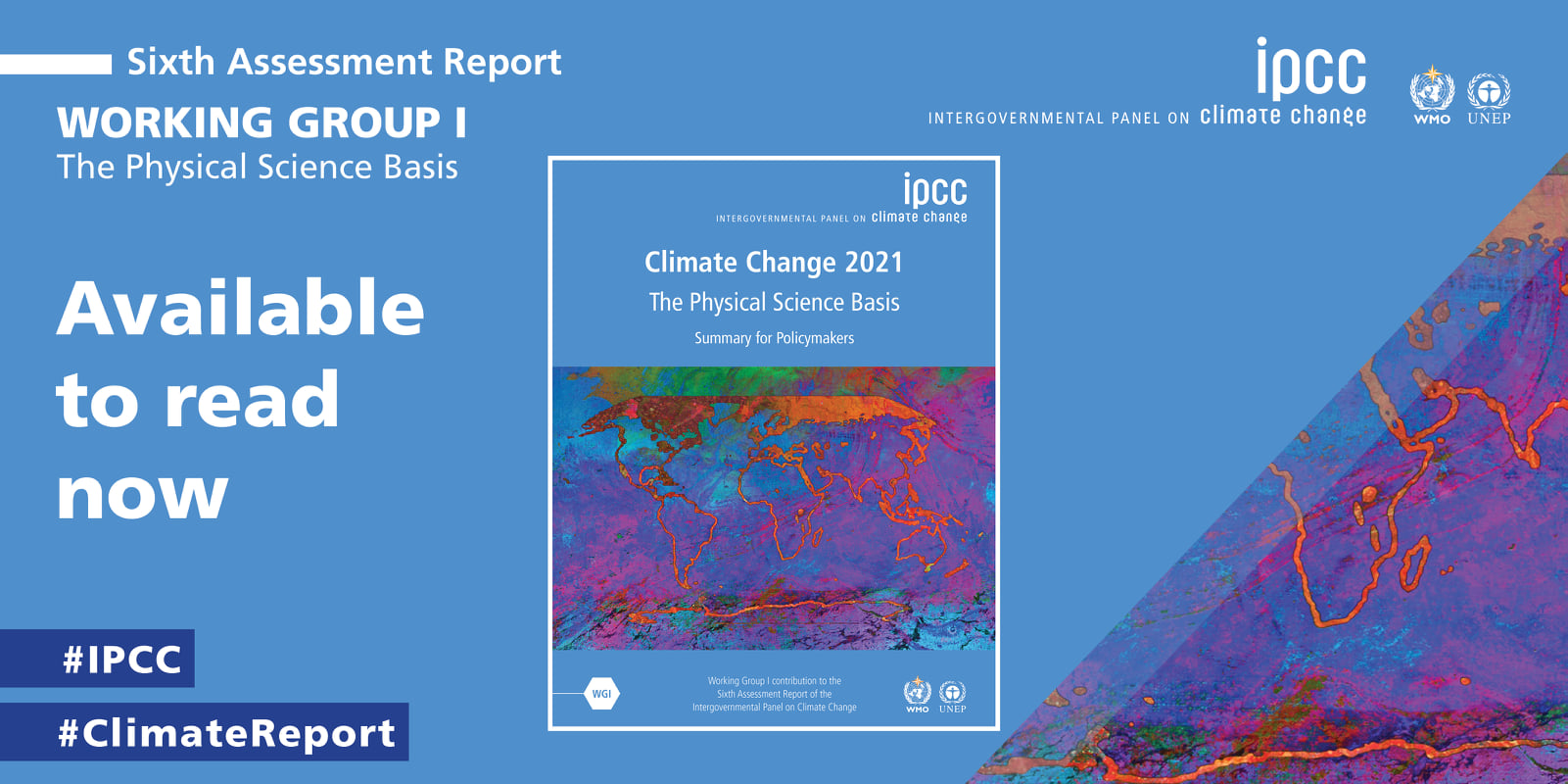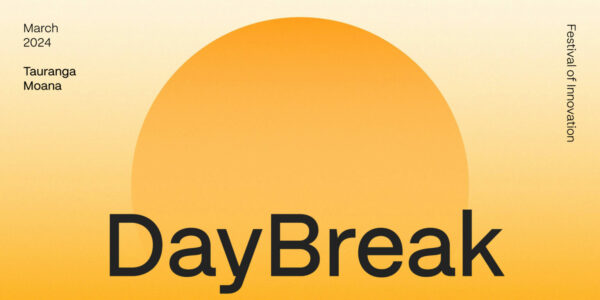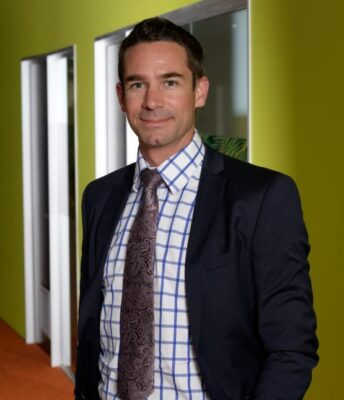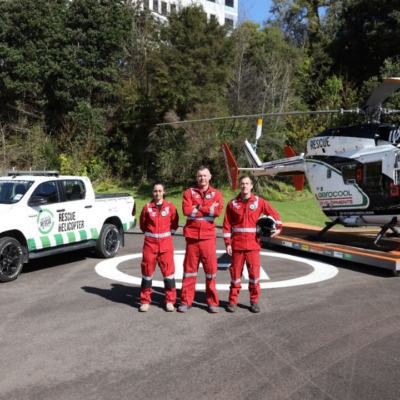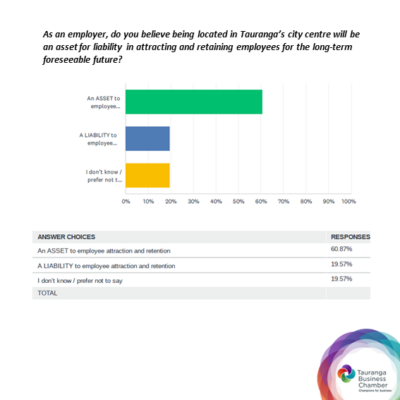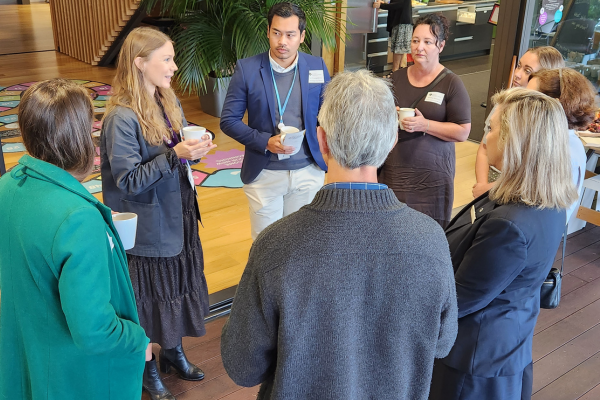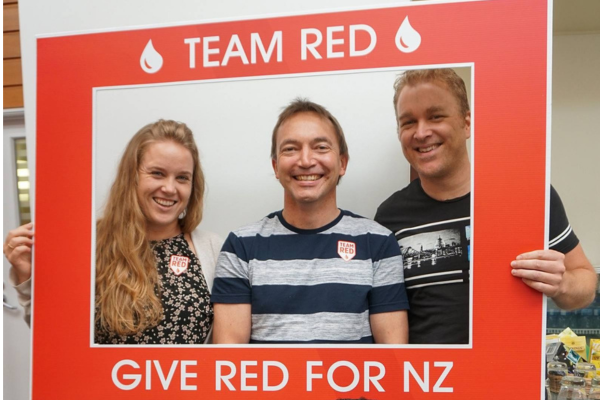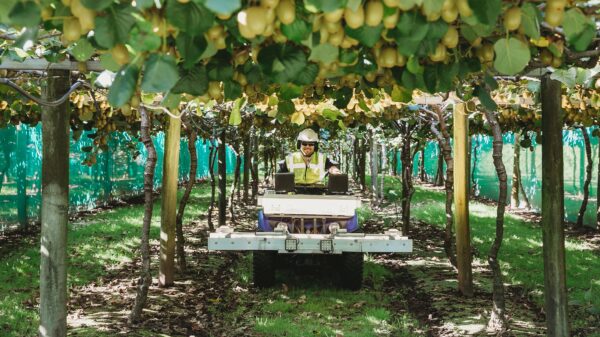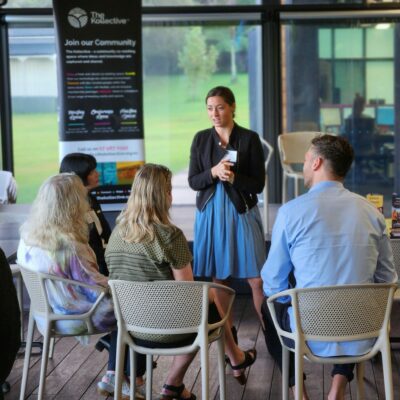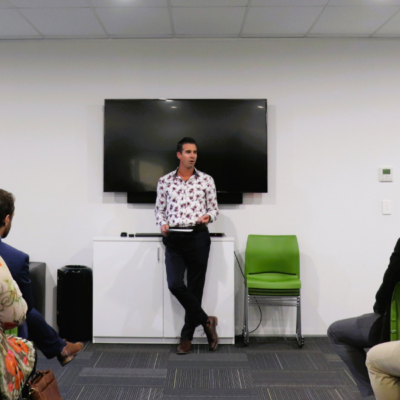On August 7, 2021, the Intergovernmental Panel on Climate Change (IPCC) released its Sixth Assessment Report on the Physical Science Basis of Climate Change (AR6 Report).
Mark Harding from Cooney Lees Morgan, who sits on their Sustainability and Climate Change team, takes a look at the key findings of the AR6 Report and what it means for New Zealand.
Who is the IPCC and why are their reports important?
The IPCC is a UN body set up in 1988 to assess the science around climate change. The IPCC provides governments with scientific information they can use to develop policies on global warming. The IPCC’s Assessment Reports are significant as they are broadly viewed by the scientific community as the world’s most comprehensive and reliable scientific assessments of climate change.
All NZ’s current modelling for the future impacts of climate change is based on the representative concentration pathways (RCP) scenarios developed under the IPCC’s 5th Assessment Report which was released back in 2013.
AR6 Report
The IPCC is now in its sixth reporting cycle with AR6 setting out the latest scientific thinking on the current state of the climate and how it is changing; the role of human influence; new updated future projection scenarios; and possible impacts, both globally and regionally.
In addition to including the most recent updated data, AR6 incorporates new climate model simulations, improved observational estimates, new analysis and methods; leading to an improved understanding of human influence on our planet’s climate.
AR6 also contains a regional analysis. For those wishing to dive deeper, the IPCC has also developed an interactive atlas which allows regional analysis (New Zealand is part of the Australasia Region).
The message: We must act now
For a scientific report, its conclusions are startlingly clear: That human induced climate change is already taking place at an accelerated rate from that observed in AR5, and that the world must act now to make deep cuts in global greenhouse gas (GHG) emissions to avoid further serious irreversible climate impacts.
We are in the midst of a global climate situation which requires immediate concerted global action.
Some of the key findings in AR6 are:
Globally
- It is unequivocal that human influence has warmed the atmosphere, ocean and land and widespread rapid changes in the atmosphere, ocean, cryosphere[1] and biosphere[2] have occurred.
- It is estimated that there has already been an increase in human induced global surface temperature of 0.8 to 1.30C from 1900 to 2019. There has even been an increase in global surface temperature since the last assessment report AR5 i.e. since 2012 (estimated at 0.190C). This is attributed additional warming taking place, and to improvements in modelling and measurement.
- It is virtually certain that the global upper ocean (0 to 700m) has warmed since the 1970’s, that human influence is the main driver, and that human caused GHG emissions are the main driver of current global acidification of the surface open ocean.
- It is very likely that human influence is the main driver of the global retreat of glaciers since the 1990s, and the decrease in Arctic sea ice and Greenland ice sheet.
- Global mean sea level rise has increased by 20cm between 1901 and 2018 with an average annual rate of sea level rising to 3.7mm between 2006 and 2018.
- In 2019 atmospheric CO2 concentrations were higher than at any time in the last 2 million years and possibly longer.
- Human induced climate change is already affecting many weather and climate extremes in every region across the globe and observed changes in extremes (cyclones, rain, drought etc) have strengthened since the last AR5 Report.
- Many changes due to past and future GHG emissions are irreversible for centuries to millennia, especially changes in the ocean, ice sheets and global sea level.
Specific to New Zealand
- New Zealand land areas have already warmed by around 1.1oC since 1910.
- Relative sea level rose at a higher rate than the global average in recent decades, sandy shorelines have retreated in many locations and this trend is projected to continue in the 21st century and beyond.
- Intensity, frequency and duration of fire weather events (eg. bushfires due to long dry, hot and windy periods) are projected to rise.
- Heavy rainfall and river floods are projected to increase.
- Glaciers have retreated and are projected to retreat further.
It’s also worth noting that the climate models underpinning AR6 do not build in additional ecosystem responses to warming, such as emissions associated with abrupt thaw from permafrost, or wildfires (such as those being experienced across the Arctic), which would further increase GHG concentrations in the atmosphere.
Five new future Climate Scenarios are modelled
AR6 has produced a new and updated set of five future climate projections scenarios called Shared Socio-economic Pathways (SSP), which model the climate response from 2015 to 2100 across a range of future emission scenarios which depend on socio-economic assumptions and levels of climate mitigation.
These 5 scenarios replace the earlier representative concentration pathways (RCP) scenarios used in AR5 and are as follows:
- Low: SSP1-1.9: Very low and Low SSP2-2.6 GHG scenarios; where CO2 emissions decline to net zero around or after 2050. Global surface temperature is likely to be higher (by 1 to 1.80C) by 2100 under these scenarios.
- Intermediate: SSP2-4.5: GHG emissions remain about the same as now until around 2050. Global surface temperature is likely to be higher by 2.1 to 3.50C under this scenario.
- High: High SSP3-7.0 where emissions roughly double by 2100; and SSP5 -8.5 Very High where emissions roughly double by 2050. Under these scenarios global surface temperature is likely to be higher by 3.3 to 5.70
It is also interesting to note that these scenarios account for solar activity and background forcing from volcanoes. Historically climate sceptics have challenged the veracity of climate science findings based on theories that models failed to factor in natural events such as volcanic activity, or background solar activity, which dwarf human influence.
New Zealand will need to update its modelling
Currently, all New Zealand modelling and guidance on the effects of climate change (such as flooding and sea level rise) is based on the old RCP pathways from AR5, and therefore will need to be updated to model the SSP scenarios.
This will generate a significant amount of work for New Zealand climate science experts such as NIWA and central government, which can be expected to produce new guidance on how revised modelling should incorporate these scenarios in a NZ context. Local authorities can also be expected to revisit flood hazard and sea level rise mapping (which is based on RCP scenarios) in light of direction from NIWA and central government.
What future projections tell us
Projections indicate that global surface temperatures will continue to increase until at least 2050 under all emission scenarios. Global warming of 1.5 and 2oC will be exceeded this century, unless very deep reductions in GHG emissions occur in the coming decades.
Projected changes in extremes are larger in frequency and intensity with every increment of global warming, and any additional warming is projected to further amplify permafrost thawing, loss of seasonal snow cover, land ice and Arctic sea ice. The Arctic is predicted to be practically free of sea ice during summer at least once before 2050, under all the SSP scenarios.
Currently there is still low confidence in the projected decrease of Antarctic sea ice. This means that the science around how climate change is affecting Antarctic sea ice is still not clear. The further we enter into the high emission scenarios, the more likely that low probability / high consequence climate events become. These are seen as tipping points of the climate system, such as strongly increased Antarctic ice sheet melt and forest die back such as the Amazon forest turning into savannah.
Urgent climate action is necessary in Aotearoa
The science is clear that in order to prevent serious additional climate warming, global emissions must track one of the lower SSP pathways. This requires global cumulative CO2 emissions to reach at least net zero in the next few decades, along with strong reductions in other GHG emissions such as methane which is highly relevant to NZ, given its large agricultural base. Seen in the light of the AR6 Report, New Zealand’s own climate goals to be net zero by 2050, and for reductions in biogenic methane[3], are widely considered to be the minimum necessary for NZ as a responsible global citizen to make its contribution to meeting these goals.
The AR6 Report validates the recommendations from the recent NZ Climate Commission Report for action to start now to reduce emissions at source where possible, together with land use change to offset emissions by creating additional carbon sinks.
If you’re interested in finding out more about changes in climate policy and how they may affect you, please contact Mark Harding or another member of the Sustainability and Climate Change team.
We’ll be looking to bring you more insights and updates for businesses going forwards.
[1] The cryosphere contains the frozen parts of the planet. It includes snow and ice on land, ice caps, glaciers, permafrost, and sea ice.
[2] The Biosphere is the portion of the planet that can sustain life. It can also be said that the biosphere is the sum of all the ecosystems on Earth.
[3] Of at least 10% by 2030 and between 24% and 47% by 2050.
